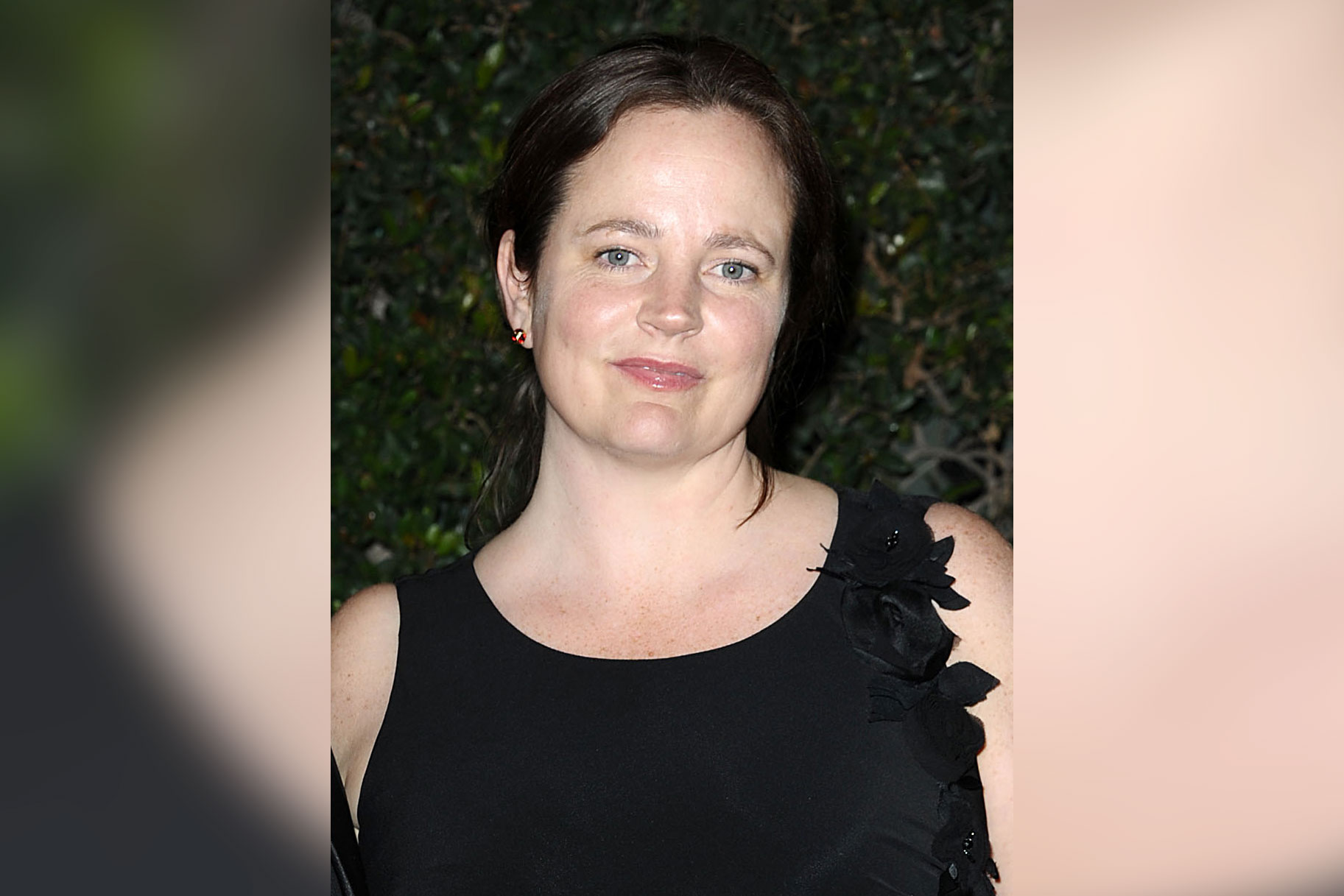Create a free profile to get unlimited access to exclusive videos, breaking news, sweepstakes, and more!
'I Always Go Back To That Moment In The Alley': What Got Michelle McNamara Hooked On True Crime?
Michelle McNamara, author of "I'll Be Gone in the Dark," wrote that her obsession with true crime began with a still-unsolved killing.

In Michelle McNamara’s book “I’ll Be Gone in the Dark: One Woman's Obsessive Search for the Golden State Killer,” she wrote at lengths about her “murder habit" — an overarching preoccupation with researching cold cases and writing about murder victims.
Before McNamara worked on “I’ll Be Gone in the Dark” — which was published in 2018, two years after McNamara’s sudden death in 2016 — she spent a decade writing regularly about breaking true crime stories and unsolved cold cases on her popular blog "True Crime Diary."
Many authors have obsessions which propel intense focus for great lengths of time on certain topics. This even prompted McNamara to point out in her book that she turned her daughter's playroom into a research unit because “every obsession needs a room of its own."
But often, interests take root at a young age. For McNamara, her interest in the murder business began in 1984 when she was 14 and living in the Chicago suburb of Oak Park — when a 24-year-old woman named Kathleen Lombardo was found murdered right by McNamara’s family home that summer.
The young woman was out for an evening jog with her Walkman on a hot summer night when an unknown assailant attacked her, sexually assaulted her, and then cut her throat in an alley, according to McNamara’s book. McNamara’s family knew the Lombardos and teenaged McNamara overheard her sister and mother talking about the murder. The future true crime writer felt compelled to check out the crime scene.
“I had no particular interest in crime aside from reading the occasional Nancy Drew book growing up,” McNamara wrote. “Yet two days after the killing, without telling anyone, I walked to the spot near our house where Kathleen had been attacked. On the ground I saw pieces of her shattered Walkman. I picked them up. I felt no fear, just an electric curiosity, a current of such unexpected, searching force that I can recall every detail about the moment — the smell of newly cut grass, the chipped brown paint of the garage door.”
McNamara went on to write that the most gripping part of the experience was the unknown. “That question mark where the killer’s face should be. The hollow gap of his identity seemed violently powerful to me," she wrote.
But there is still a question mark over the killer’s face, as the murder remains unsolved to this day.
“Unsolved murders became an obsession,” McNamara wrote about the killing of Lombardo. “I always go back to that moment in the alley, the shards of a dead girl’s Walkman in my hands. I need to see his face. He loses his power when we know his face.”
Decades after the murder which kicked off her interest in unsolved homicides, McNamara continued to write about Lombardo’s murder “now and again," she noted in her book.
In 2013, she contacted Oak Park police and reached out to one of the people who discovered Lombardo’s body. This witness told McNamara that he saw a man emerge from an alley around the same time he and his cousin spotted Lombardo's body, she wrote in her book. McNamara even floated a theory in her book that one of her neighbors may have killed Lombardo.
George Seibel, a former Chicago police homicide detective, told the Chicago Tribune that he thinks Lombardo’s killer is responsible for the sexual assault and slaying of 22-year-old medical student Rita Hopkinson six years earlier in the Chicago area. Seibel theorized that the killer may have also been responsible for a series of sexual assaults in nearby forest preserves during the same time period.
Lombardo, a former honors student, was living with a roommate when she was killed. As a child, she studied ballet and tap dance.
“She was a sweet person, quiet, a very good student, very honest,” one of the woman's brothers, Christopher Lombardo, told the Chicago Tribune. “She was not someone who would ever lie or steal. She had a strong faith. She felt close to God.”
Christopher said Kathleen's murder absolutely devastated the family.
Elizabeth Wolff — who directed the second and fifth episodes of HBO’s new docuseries “I’ll Be Gone in the Dark” — told the Chicago Tribune that the docuseries’ production team tried to put in some work on the unsolved case.
“We really went in thinking, how can we pick up the torch and help solve Michelle’s white whale?” she said.
The docuseries visited Oak Park in 2018 and filed a Freedom of Information Act request for investigation records on the case — a request which police denied citing an ongoing investigation. The Oak Park Police Department has reportedly sent pieces of evidence to an Illinois crime lab for retesting, OakPark.com reported in September.
Lombardo’s family hopes that the new docuseries — which does discuss Kathleen's murder in some detail — will shine a renewed light on the case and possibly lead to her killer’s capture, OakPark.com reported.
Dominic Lombardo, another brother of Kathleen, told the outlet, "I remain convinced that there is at least one someone, possibly more than one, still out there wrestling with his/her conscience — possibly living in fear.”
Anyone with information is asked to call the Cook County State's Attorney's Office at 773-674-2700 or 312-603-1880 and the Oak Park Police Department at 708-434-1636.
HBO's docuseries "I'll Be Gone in the Dark," which is based on McNamara's book, is currently airing on HBO.


























